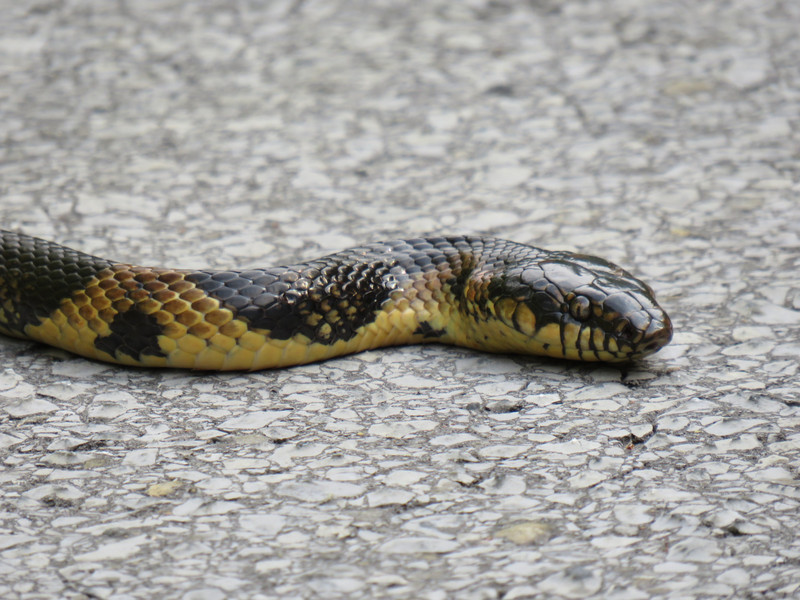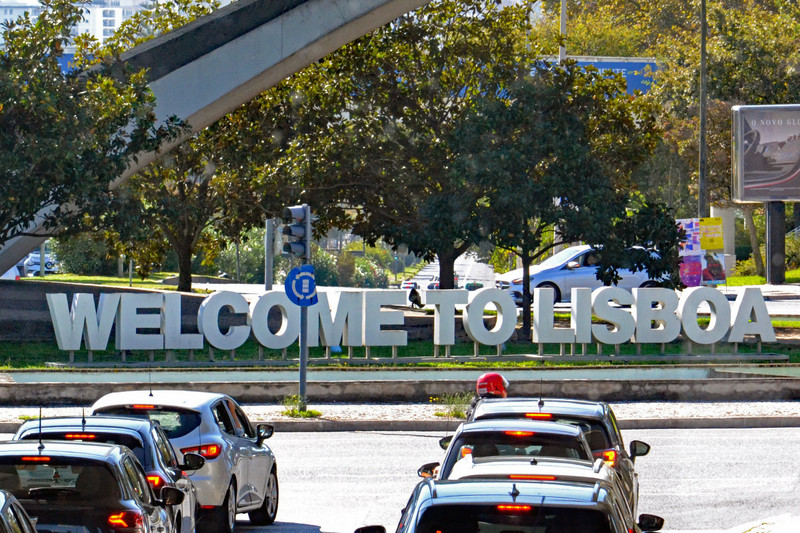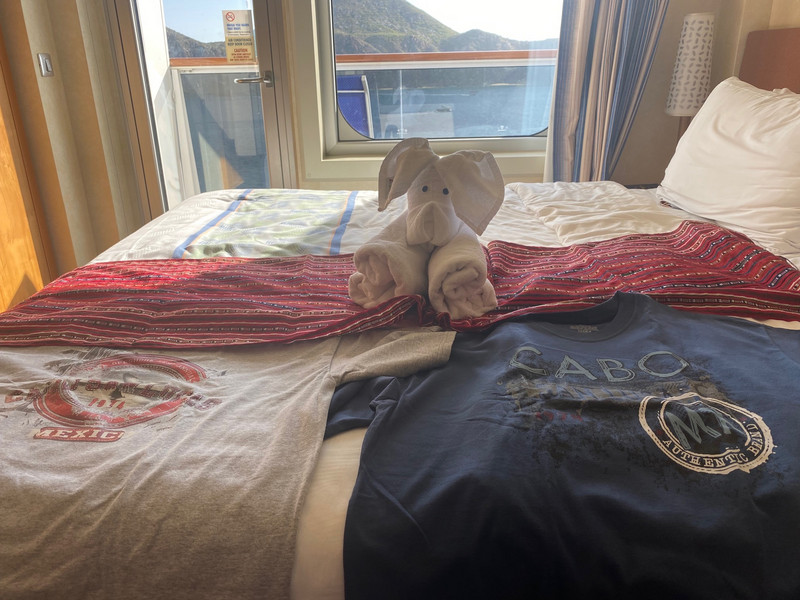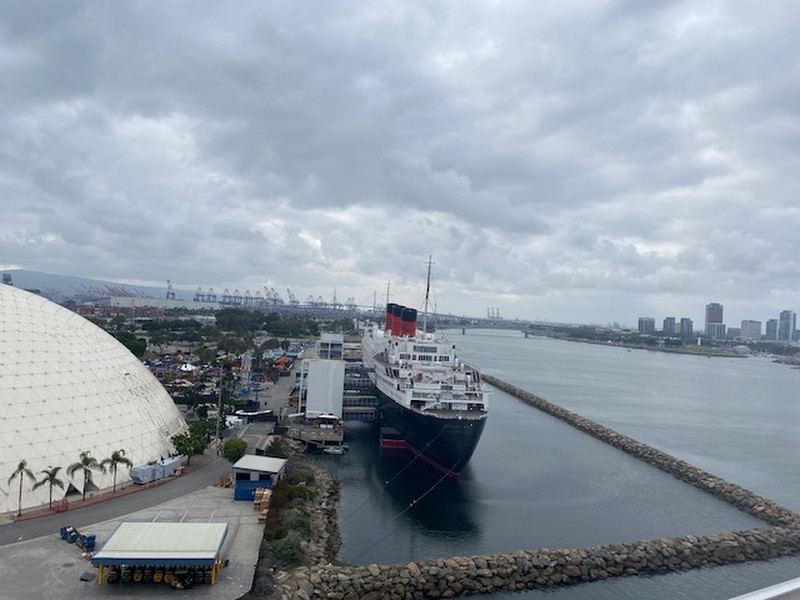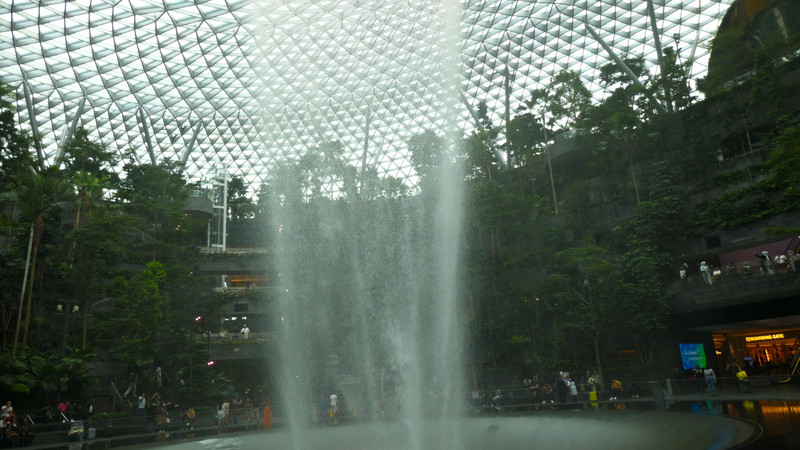There are signs all over Okinawa warning you about the highly venomous habu (a type of pit viper). The akamata is much bigger and actually eats habu.
I imagined Okinawa to be a tropical paradise. I was quite shocked in to land to see that much of the island appeared to be urban. Turns out the southern portion of the island is largely one big conurbation. The few patches of green within it are generally air bases. Hence, I was equally shocked to learn that the US military still occupies almost 20% of Okinawa. However, we really enjoyed our 5 days on Okinawa and would a visit. The parts that havent been built on are great and there is a lot of interesting history.
Not long after we arrived in Japan in October 2019, Shuri Castle, one of the highlights of Okinawa, was destroyed by fire. It was big news at the time and Japan was very sad, it being a old wooden castle recognised by UNESCO. Although, as with most of the ancient wooden structures in Japan, it had burnt down and been rebuilt numerous times, most recently following World War 2. It is still worth a visit when in Naha because the grounds and walls remain and the view is great. There are further castle ruins all over Okinawa.
We visited quite a few while driving around. Most are little more than walls built of quarried coral blocks but some are quite expansive and all offer great views usually of both coasts. Not far from Shuri Castle in Naha is a traditional palace and gardens, which is also worth calling in. Additionally, a quite moving experience can be had by visiting the nearby tunnels that were the former Japanese Navy Underground Headquarters. What went on down and around there during the final days and weeks of the Battle of Okinawa was harrowing.
We didnt stay in Naha but stayed in Chatan to be closer to the diving and other attractions in the north. Much of the northern end of the the Yambaru National Park. There are a few hikes you can take but generally you need a car to get to the trail heads. As the trails are short we did multiple in a day, driving in between. Most tourists seem to stick to the beach so we didnt see many people in the national park. Consequently, we did see some wildlife. Some rustling in the undergrowth stopped us in our tracks
Thats me with my head almost in the gun. Visibility was amazing to say it was a cloudy rainy day and we were 40 m deep.
and had us backpedalling quickly when two young wild boar ran across the track in front of us. In case mother was with them we set off in the opposite direction quickly, which was when we came across the snake you can see on the photos. It was really pretty and only later Googling revealed it wasnt venomous. However, for a time we had the wild boar on one side and the snake on the other, until it slithered off. Some of the paths marked on our map overgrown and hardly used. The wild beasts made us turn back but not before Id grazed against some evil plant. I ended up with a rash on my arm that got worse on later days and was maddeningly itchy for a couple of weeks. Unless it was one of the fire belly newts that we saw that somehow got me – though these are extremely toxic and Wikipedia is telling me I would have been dead within 6 hours!
The highlight for me of Okinawa was the diving. Scuba diving in Japan is expensive, but it is worth it in the case of Okinawa. There are plenty
of dive shops and your money does get you service and good equipment. We were there in April, just as coronavirus was a problem and consequently after international flights to Japan had been halted. Apparently, the best dive sites often contain more divers than fish – Okinawa being a short flight and the closest good diving to South Korea, Taiwan and much of China. However, with the lack of overseas tourists, we were the only dive boat at the sites.
We dived Manza Dream Hole, a great dive where you drop down through a chimney in the reef shelf into a huge cavern, later emerging along a vertical wall.
